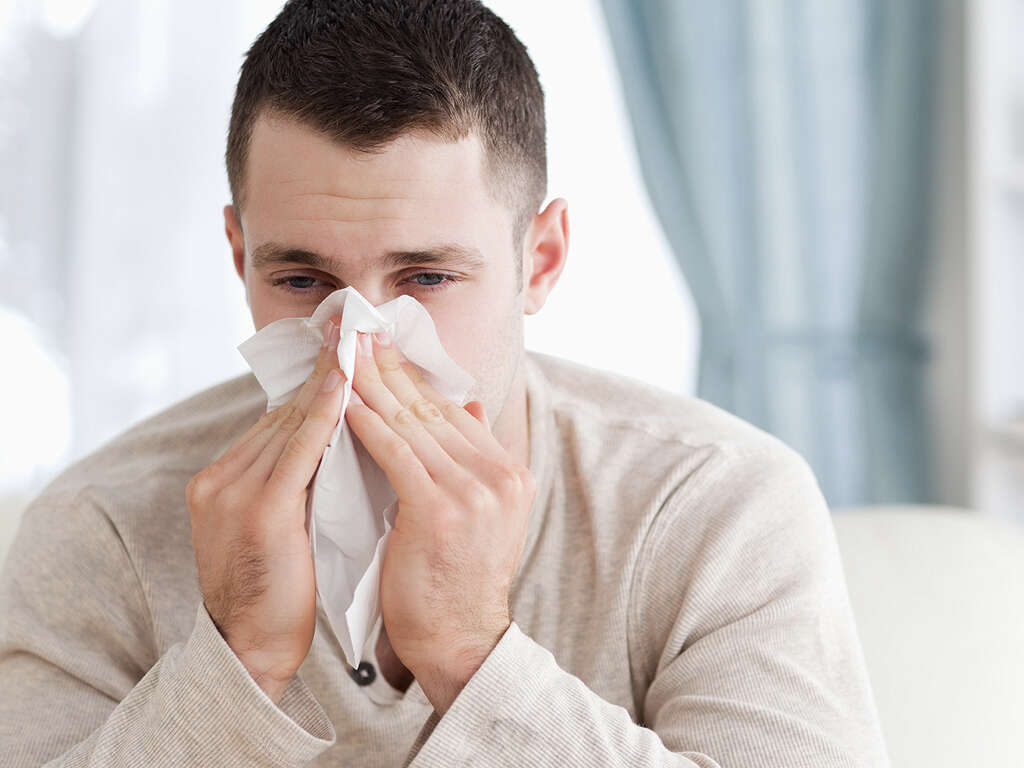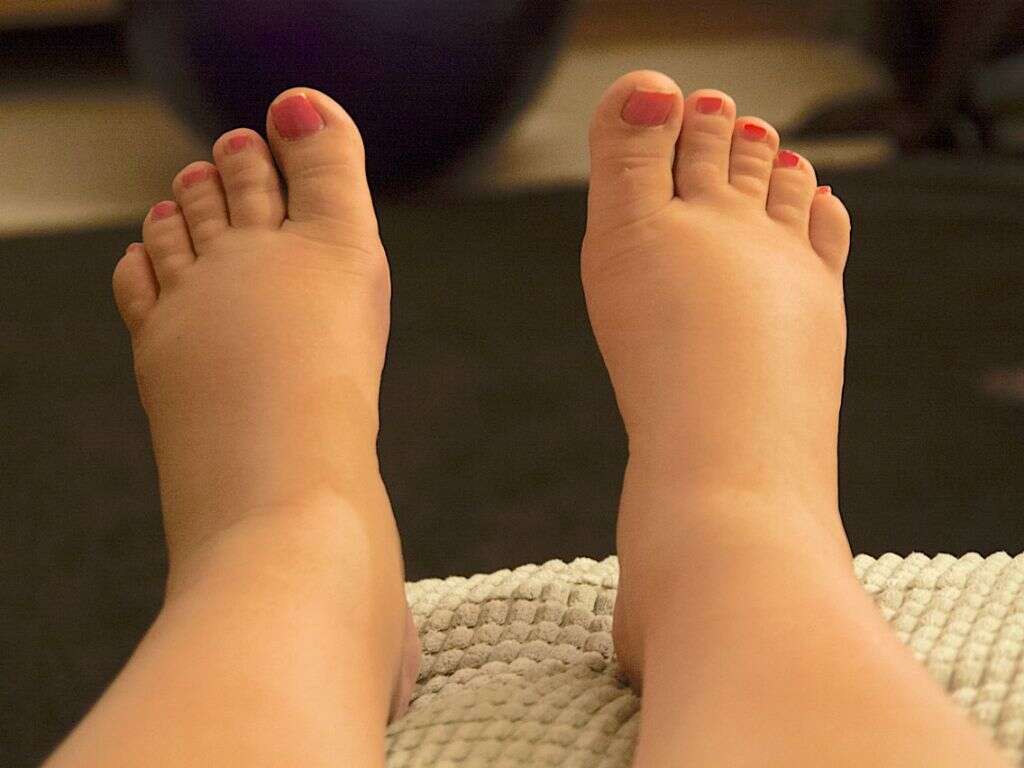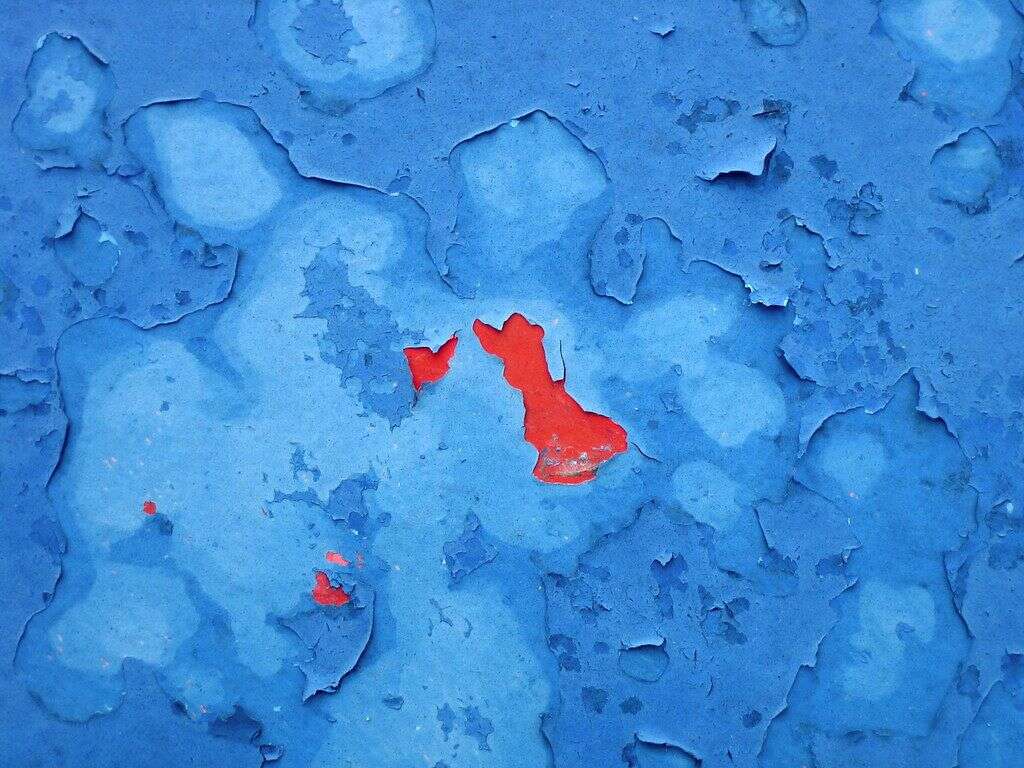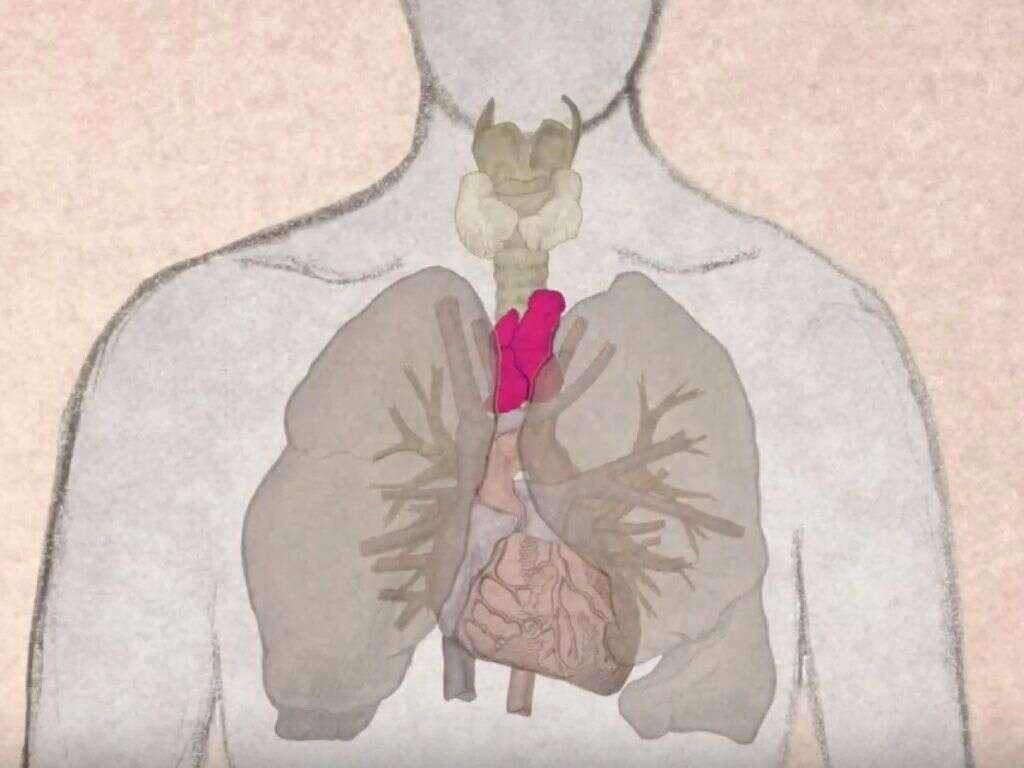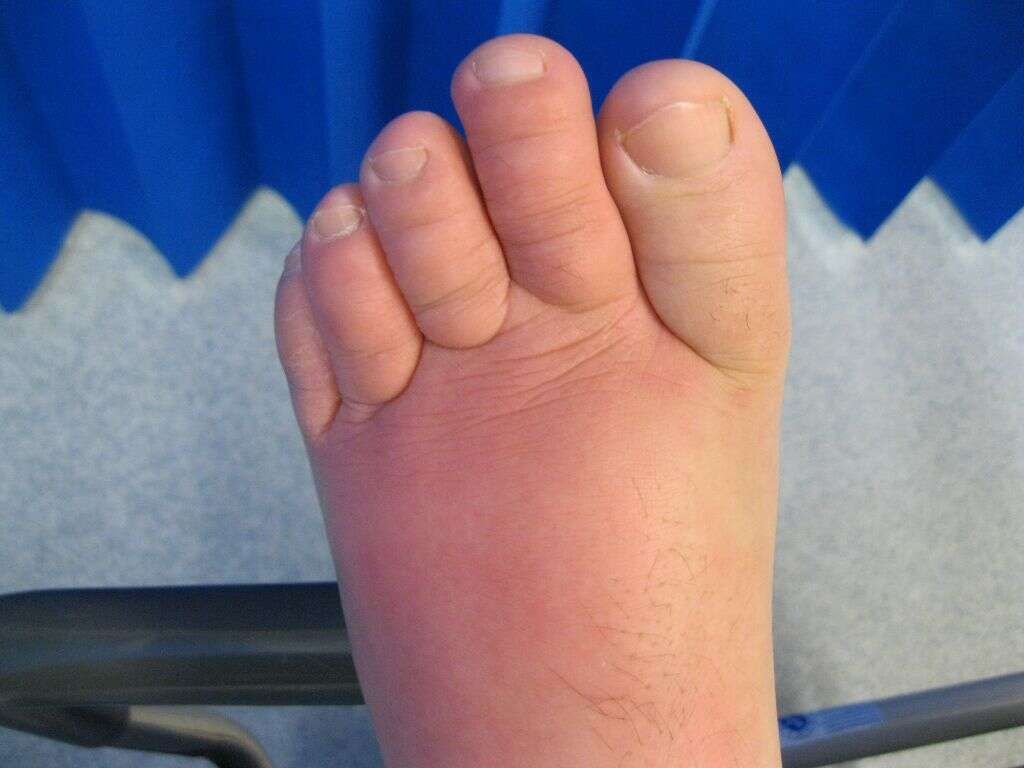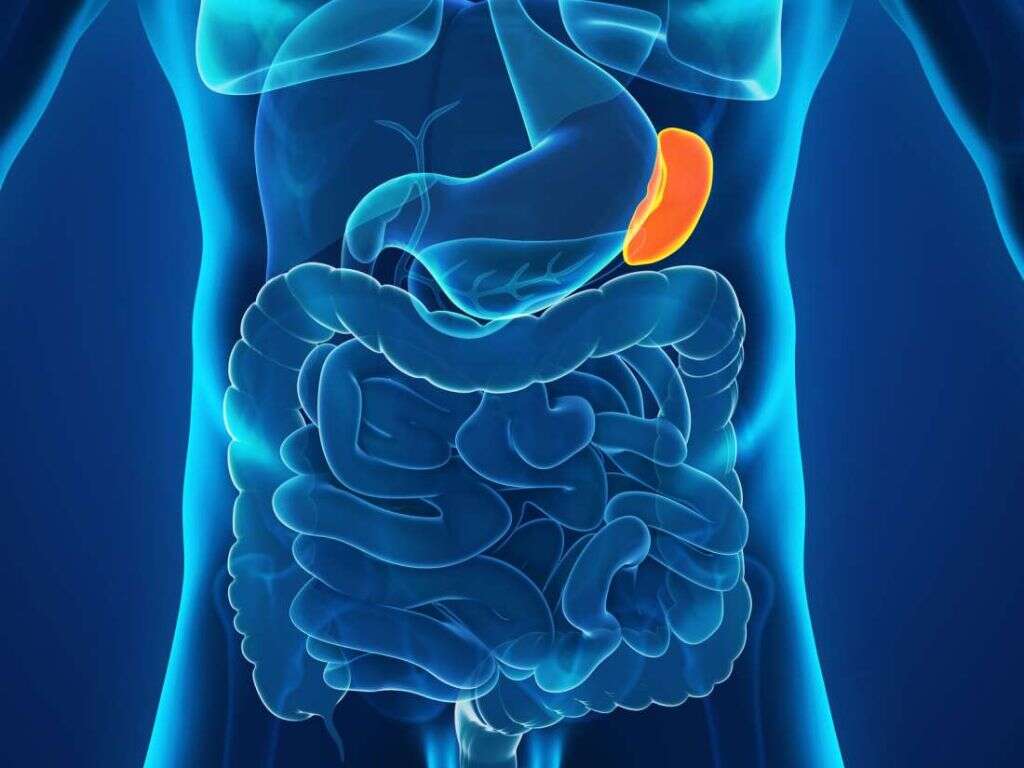What are Lymph Nodes?
You will generally notice the presence of lymph nodes when you have an infection that causes them to swell. This usually happens in the neck, the armpits, or the groin. This is because these parts contain the highest concentration of lymph nodes. But there are hundreds of lymph nodes spread throughout the body.
Lymph nodes are part of the lymphatic system, a network of vessels that carry body fluid from tissues back into the bloodstream. The lymphatic system is part of the immune system, whose roles include protecting the body from infection and fighting infection when it occurs. But what are lymph nodes?
1. Structure of Lymph Nodes
Lymph nodes, also called lymph glands, are ovoid or kidney shaped organs. They normally measure from one tenth to one centimeter long. Structurally, lymph nodes are encapsulated by fibrous tissue. Internally, they are composed of two main parts: an inner medulla and an outer cortex.
Both the medulla and the cortex contain large numbers of white blood cells. While inward draining lymphatic vessels join the lymph nodes on the convex side, outward draining lymphatic vessels, as well as incoming and outgoing blood vessels, connect on the concave side called the hilum.
2. Types of Lymph Nodes
There are several types of lymph nodes. Their names are based on their location and include cervical lymph nodes located in the neck.
Other types include supraclavicular lymph nodes located above the collarbone, axillary lymph nodes found in the armpits, mediastinal lymph nodes located in the middle part of the chest, and inguinal, or groin, lymph nodes found in the groin. Lymph nodes found deep in the abdomen are called mesenteric lymph nodes, while those deep in the pelvis are called pelvic lymph nodes.
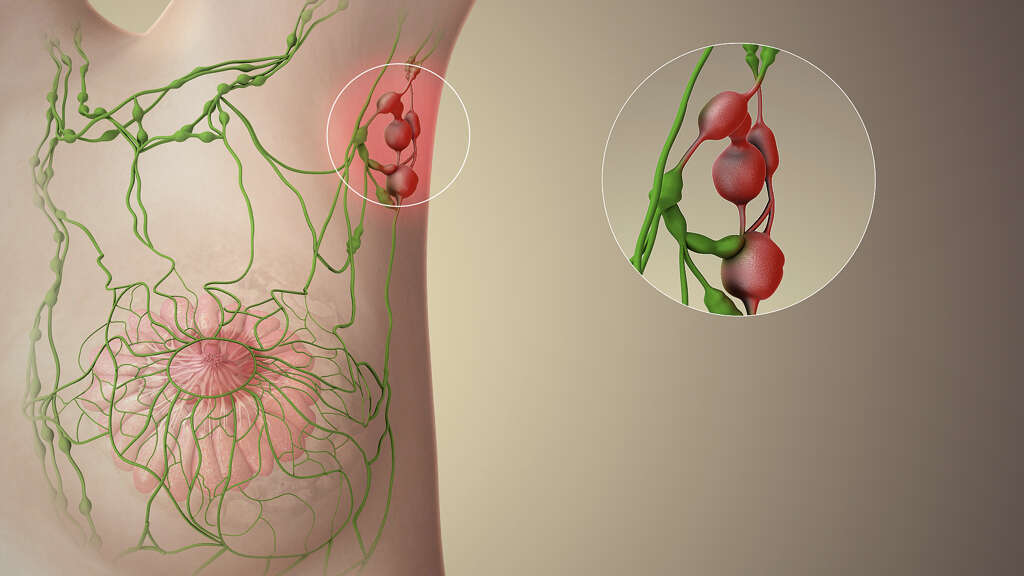
3. How Do Lymph Nodes Work?
The lymphatic system runs through the entire body, much like the blood circulatory system. It collects fluid known as lymph or lymphatic fluid, and passes it through the lymph nodes.
The structure of the lymph nodes is designed to carry out filtration of lymphatic fluid and to remove pathogens and other foreign particles from the plasma. Once this is done, the filtered plasma gets back into the bloodstream through the blood vessels connected to the lymph nodes.
4. Similarities Between the Lymphatic System and the Blood Circulatory System
The lymphatic system has both similarities and differences from the blood circulatory system. Both are a network of different sizes of vessels spread throughout the body.
The smallest vessels in each case are lymph capillaries and blood capillaries, respectively. Lymph vessels are similar to veins in that they drain fluid and blood from tissues, respectively, and have a series of valves to allow for one-direction flow.
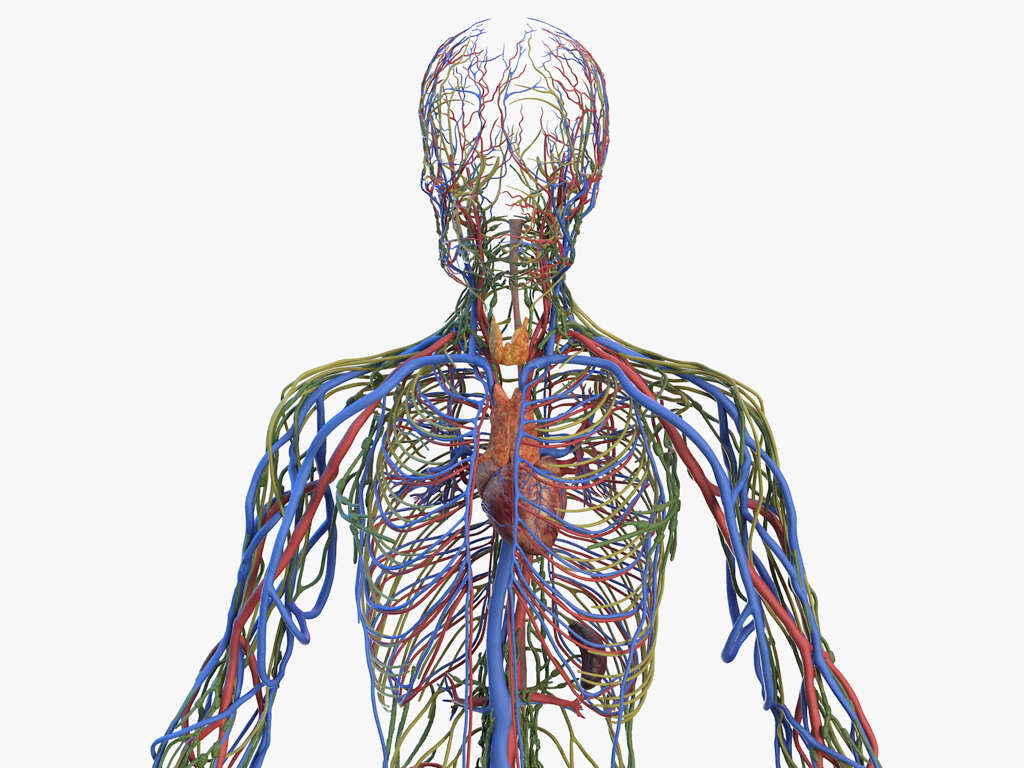
5. How is the Lymphatic System Different from the Blood Circulation System?
However, unlike blood vessels which circulate blood to and from the tissues of the body by the activity of the heart, lymphatic vessels only carry lymphatic fluid in one direction: from tissues.
Additionally, the lymphatic fluid is delivered to lymphatic nodes that filter it before delivering it back into the bloodstream. The spleen, tonsils, and thymus are also part of the lymphatic system.
6. Functions of Lymph Nodes
The lymphatic system, of which belongs the lymph nodes, functions like the body’s drainage system. It works day and night to clean the body internally and remove waste generated by body tissues and systems.
Furthermore, by collecting leaked fluid from tissues and transporting it back into the bloodstream, the lymphatic system helps to prevent edema, maintain the right volume of blood in circulation, as well as manage blood pressure, besides other functions.

7. Protects the Body from Infections
Lymph nodes also play a major role in maintaining good health. They contain some types of white blood cells called B lymphocytes and the T lymphocytes.
The role of these cells is to get rid of disease-causing microorganisms, as well as abnormal cells. This happens when the lymphatic system delivers blood to the lymph nodes. Further destruction of harmful microorganisms occurs in the spleen, which carries out blood filtration.
8. Produces Antibodies
The lymph nodes, and the lymphatic system, are part of the immune system. In addition to killing harmful microorganisms coming in with the lymphatic system, it helps produce antibodies. This role is carried out by B lymphocytes.
These antibodies work against specific foreign invaders or antigens, thereby protecting the body from attack. Once an antibody has been produced, the B lymphocyte cells retain their memory so that more of the antibody can be produced when required. Antibodies are a kind of marker that attaches to invaders to indicate to the immune system that they need to be destroyed.
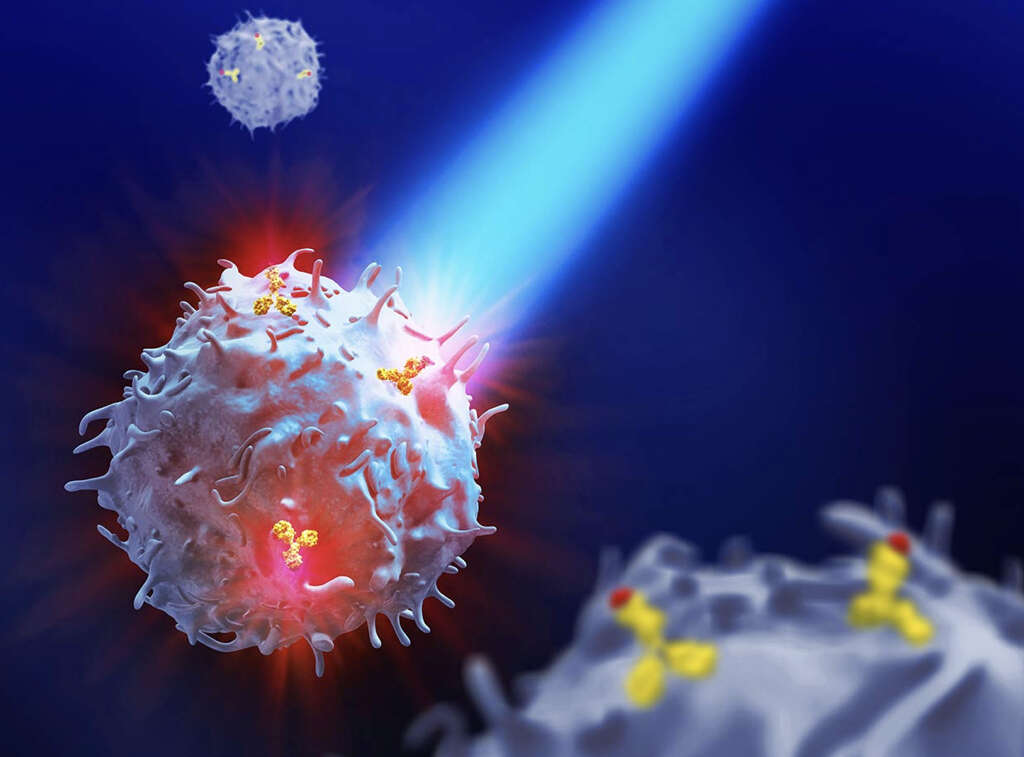
9. Detoxifies Tissues
Lymph nodes also help body tissues to get rid of various toxins and impurities such carbon dioxide, excess minerals, and byproducts of various cellular processes. After removal of the toxins and other waste, the filtered lymphatic fluid is returned to the bloodstream.
It is worth noting that the filtered-out materials are ultimately returned into the bloodstream for excretion through perspiration, breath, urine, or poop. In the case where cancer cells break away from a tumor, they may attach themselves to nearby lymph nodes. This can lead to chronic swelling of the lymph nodes, or even spread of cancer to the lymphatic system or other parts of the body.
10. Why Do Lymph Nodes Swell?
Swollen lymph nodes, also called lymphadenopathy, is a symptom of infection. When a high number of harmful organisms get into lymph nodes, white lymphocytes go to work, fighting the invaders and producing antibodies.
If the invaders are difficult to subdue, more lymphocytes are produced, and there is a state of continuing fighting. This causes irritation and inflammation of the affected lymph nodes, leading to swelling. Swelling can also occur due to the presence of cancer cells within the lymph nodes.




